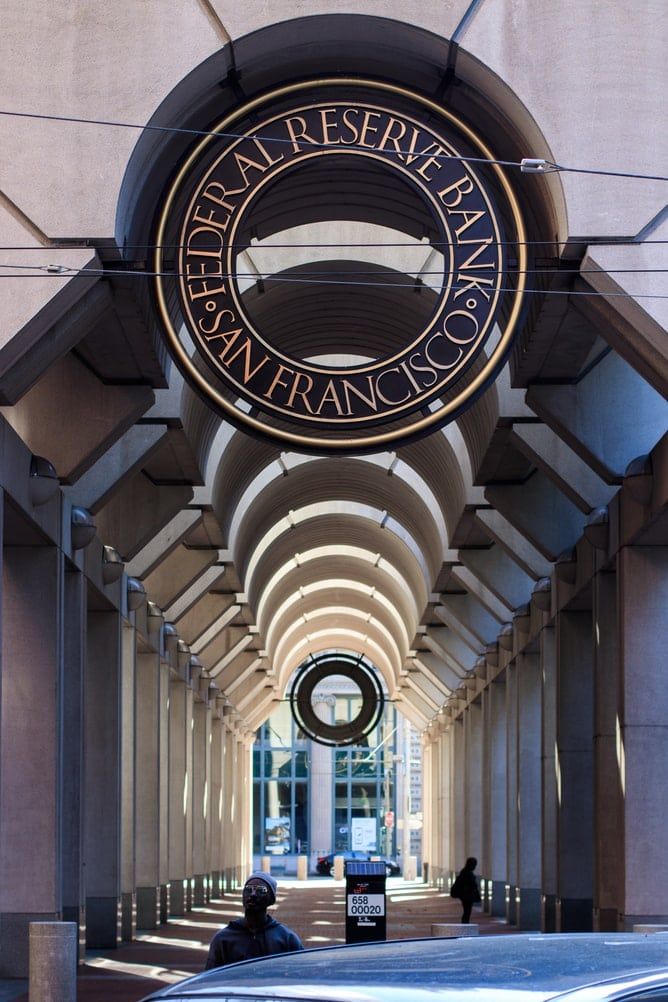
The Effectiveness of Economic Stimulus Around The Globe
Since the Covid-19 pandemic struck in 2019, the world has suffered a massive economic shock, virtually unprecedented in decades. In response to this, governments worldwide have acted decisively to protect their citizens against the vicious, uncompromising monster.
Essentially, the governments, in collaboration with their central banks, have introduced a series of monetary and fiscal stimulus packages. The steps taken to deal with the threats of the coronavirus are, in many ways, historic. A stimulus package is primarily a set of measures initiated by a government to stimulate economic activity and stave off recession. A stimulus package usually comes in the form of a fiscal stimulus or monetary stimulus.
A fiscal stimulus involves utilizing government tax policies and spending regulations to influence the economic environment. A monetary stimulus is characterized by reduced interest rates, reduced borrowing costs, and financial bolstering.
Major Economic Stimulus Measures in the US and Worldwide
On March 10th, 2020, amid the coronavirus’s wake, the United States slashed its benchmark interest rate to zero. The government intended this action to confront the adverse effects of the global pandemic. To avert a looming recession, President Donald Trump signed into law a $ 2.2 trillion bill on March 27th, 2020.
The bill, better known as the Coronavirus Aid, Relief and Economic Security Act (CARES), now ranks as the most extensive stimulus package in recent history. After weeks of closed-door meetings and partisan bickering, the bill was eventually passed. Significantly, the law ensured direct payments fto taxpayers and loans to Small and Medium Enterprises, SMEs. It also created a $ 500 billion corporate bailout plan.
The conclusion of this law came at a time when most stock markets in the US swayed dangerously. Interestingly, within ten days, the pandemic had already triggered a record four- circuit breakers.
The US Federal Reserve Bank’s Business-Saving $2.2 Trillion Package
The US has some of the highest cases of coronavirus infections and deaths in the world. To combat this, the Federal Reserve Bank, FRB, announced a historic stimulus package on March 25th. The package involved a staggering $2 trillion. The bank also announced a special plan anchored on unlimited bond-buying.
The Federal Reserve also designed measures to shore up the devastated economy like the fat stimulus package aimed to avert recession following the pandemic. The bank further acted to slash the benchmark interest rate, reducing it to zero — an emergency measure.
The FRB further increased credit flow to households and business entities through capital markets. This expanded the size and scope of the Term Asset-Backed Securities Loan Facility (TALF). It did the same to the Primary and Secondary Market Corporate Credit Facilities (PMCCF and SMCCF).
Some $850 billion credit support bolstered these programs. Undoubtedly, bold measures like these helped avert imminent economic disaster.
The Impact of Various Stimulus Measures by Leading EU and G-20 Nations
The world’s leading economies soon came up with a targeted stimulus action. Italy, the first European country to be adversely affected by Covid-19, quickly announced a $28 billion economic stimulus plan on March 11th.
The two-month lockdown, which Italy introduced to curb the virus’s spread, dealt a huge blow to the nation’s economy. The cabinet-approved a $28 billion plan documented over 100 articles. It included a two-year tax payment plan. The package concentrated tax benefits to Italy’s less-developed regions in the south.
Germany and France also introduced new stimulus packages. In March, Germany introduced a $610 billion lending fund. The government injected a further $172 billion in increased funding. France announced a $49 billion plan. These packages included significant tax cuts and financial aid to the unemployed.
Asia, India, and Japan similarly introduced hefty packages. On March 27th, the Bank of India capped the interest rates by 0.5 points to 4 percent. This excludes a 45 billion Euro liquidity injection for the financial system.
On March 10th, Japan announced other measures to cushion the economy against the ravages of coronavirus. They included increased loan support for companies and SMEs, strengthening employment support initiatives. The government also allocated $926 billion to facilitate fiscal and monetary stimulus, along with tax cuts for companies on the verge of collapse.
Doctor vs. Population Ratio Impacts the Success of Stimulus Interventions
Significantly, we can use physicians per 1,000 citizens as a possible parameter to gauge the government stimulus packages’ effectiveness in the wake of the Covid-19 pandemic. The fact that a country has more doctors doesn’t necessarily mean that the government carries out more testing among the population. Regardless, this can give a good picture of the government’s preparedness levels in managing the health impacts of the Covid-19 pandemic.
Norway, for example, boasts a high physician to citizen ratio. The country has high levels of Covid-19 testing. This merely means that, compared to others, the Norwegian government was better prepared to manage the pandemic.
South Korea, on its part, has some of the lowest physician-to-population ratios. But the country surprised pundits by exhibiting a pretty pragmatic response to the Covid-19 pandemic. Soon, South Korea had tested over 300,000 people. The confirmed Covid-19 cases also reduced. This means the government strategy in controlling the rate of infections was working.
Ultimately, it boosted the effectiveness of the stimulus measures they introduced to mitigate the virus effects in South Korea.
The Resounding Success of China’s Staggering 3 trillion yuan Stimulus Package
China boldly released a new stimulus plan anchored on increasing investments and infrastructure. China also announced a plan to increase the ratio of its budget deficit.
The Chinese Central Bank injected more liquidity into the market. The bank pumped more than 3 trillion yuan into the economy. It did this through the promotion of open market operations. This amount is equivalent to $428.4 billion.
In February 2020, the Central Bank of China decisively slashed the LPR (annual loan prime rate) to 4.05%. This was followed by reducing the MLF rates (medium-term lending facility) by 10 basis points. Later, the bank injected a further 50 billion yuan into the market. This followed its curbing of interest rates to deal with the business lending cost. The bank cut this interest by 20%.
China’s banking sector provided a whopping 2 trillion yuan to bolster the war against coronavirus. The six Chinese state-owned banks collectively contributed over 485.2 billion yuan in loan grants. Overall, the Chinese stimulus efforts paid handsome dividends when the economy stabilized, and the virus spread reduced.
Conclusion
The Covid-19 pandemic’s arrival occasioned economic turbulence and unprecedented shock in the major world stock markets.
In reality, it will take years to measure the actual success of government stimulus measures. Regardless, an overall analysis of these measures suggests that certain countries struggled to implement their objectives more than others. In some countries, on the other hand, the stimulus’ success is so high that citizens are enjoying benefits and protection from the consequences the rest of the world is facing.


